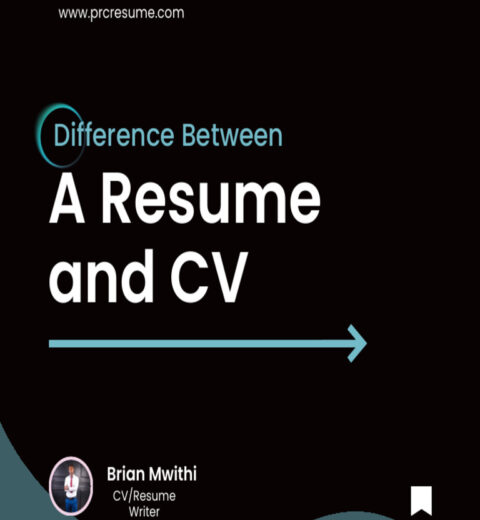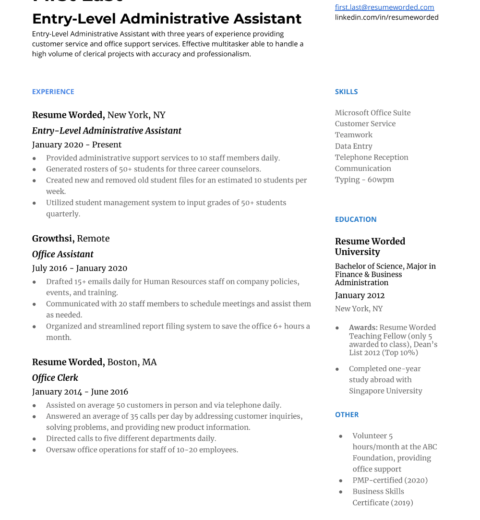In today’s competitive job market, a well-crafted resume can make the difference between landing an interview and being overlooked. The resume has undergone numerous transformations over the years, adapting to the evolving expectations of employers and job seekers alike. One aspect of this transformation is the inclusion of a summary—inarguably one of the most debated components in resume writing. Do resumes need a summary? The answer may surprise you.
To understand the significance of a resume summary, we must first consider the traditional structure of a resume: contact information, work experience, education, and skills. The summary—a brief paragraph at the top of the resume—has emerged as a prominent feature meant to convey the applicant’s professional identity succinctly. However, the necessity of this element is often under scrutiny.
Proponents assert that a well-articulated summary can encapsulate the essence of a candidate’s qualifications, making it easier for hiring managers to assess their fit for the role. In an era defined by brevity and the often-reviled ‘scan-and-skim’ reading behavior, a summary acts as an anchor point, highlighting key skills and experiences. But does this mean a summary is essential for every resume? The discourse is far more nuanced.
Consider the typical hiring process. Recruiters often spend as little as six seconds reviewing a resume before determining whether to move forward with a candidate. Such a time constraint necessitates clear and immediate communication of essential qualifications. A summary serves this purpose effectively—drawing attention to the candidate’s most attractive attributes and accomplishments right from the outset. For applicants targeting specialized positions, the finely-tuned articulation in a summary can distinguish them from a pool of generic resumes.
However, a critical examination reveals that not all candidates need a summary. For emerging professionals or those with a non-linear career trajectory, a summary may detract from the primary focus: their abilities and potential. Instead, a robust delineation of experiences may suffice for these individuals. The question arises: what segments of applicants benefit most from a summary?
Seasoned professionals or those transitioning industries often find a summary particularly advantageous. For instance, a project manager pivoting to a role in data analysis can leverage a summary to convey transferable skills succinctly. Here, the summary serves as a bridge, connecting disparate experiences and clarifying the relevancy of skills to prospective employers.
This leads us to another consideration: the impression one wants to convey. A resume summary is an opportunity to showcase your unique voice and personal branding. Job seekers who can genuinely articulate their value proposition in one or two compelling sentences can stand out remarkably. This personalized touch can forge an emotional connection with hiring managers and recruiters. Thus, the ability to express one’s professional ethos is starkly illuminated.
Nonetheless, one must tread carefully. A poorly crafted summary can confuse or alienate potential employers. Clichés such as “hardworking” or “team player” suggest a lack of originality, and excessive jargon can obfuscate rather than clarify, leading to an impression of inauthenticity. Rather than amplifying a candidate’s profile, a cluttered or uninspired summary can detract from their credibility.
As the job landscape continues to evolve, alternative approaches to resumes are gaining traction. Slightly unconventional formats may eschew the summary altogether in favor of innovative presentations, such as graphs or infographics that highlight achievements visually. For job seekers in creative fields, this reframing may be not just beneficial but essential. Here, the focus shifts from summarization to demonstration—exhibiting skills and capabilities in dynamic and engaging ways.
With this shift in mindset, one must also consider tailoring each resume to the specific job application, rendering the question of the summary an iterative one. Customization allows candidates to determine—based on their understanding of the job description—whether a summary serves the intended purpose or if the space would be better utilized by emphasizing specific skills or experiences. Each position might merit an entirely different approach, an acknowledgment of the inherent variability in how best to present oneself.
In essence, the inclusion or exclusion of a resume summary rests heavily on individual circumstances, personal branding, and the job in question. It is not a one-size-fits-all solution. The key lies in evaluation: understanding the strengths and weaknesses of one’s own professional narrative and choosing the most impactful way to communicate that narrative. Candidates must be discerning, tailoring their resumes thoughtfully to fit the context of each application.
As a concluding thought, while the conventional wisdom suggests that a resume summary can enhance an applicant’s marketability, it bears repeating: not every resume necessitates a summary. It is the thoughtful application of this component, or the omission thereof, that will ultimately define a candidate’s success in making a lasting impression in the fast-paced world of job hunting.




